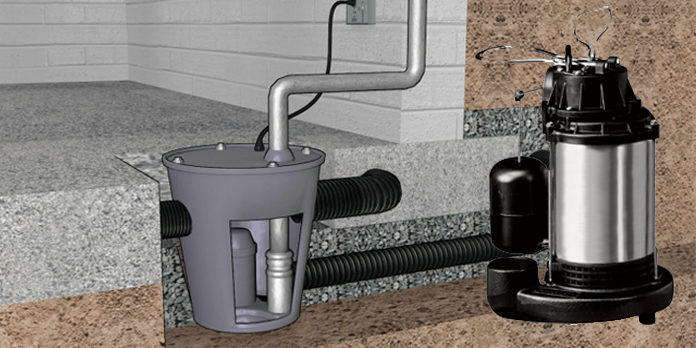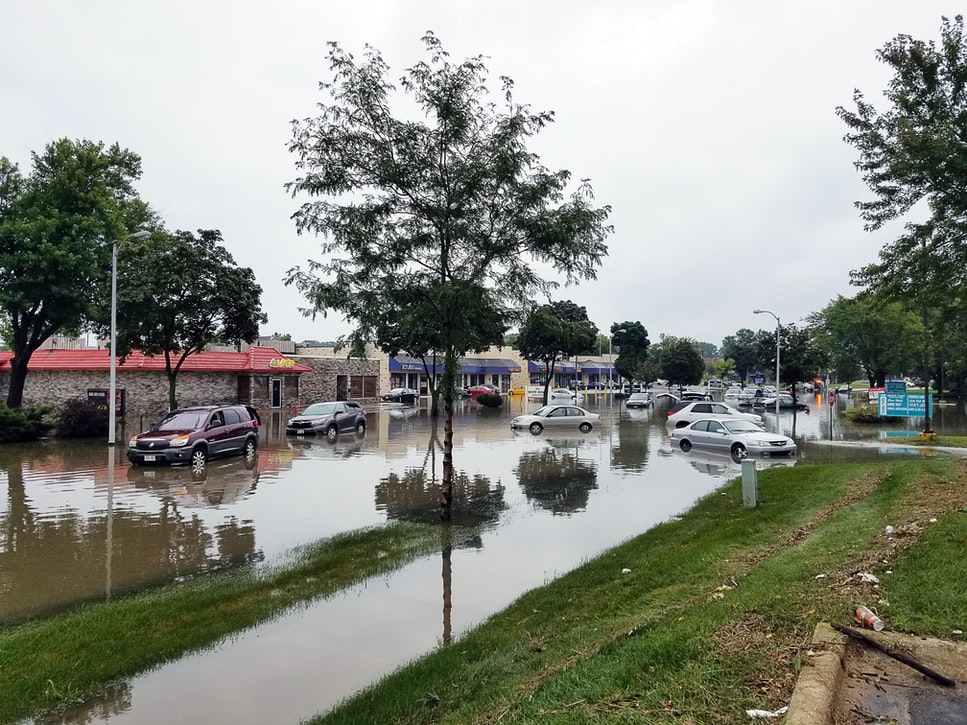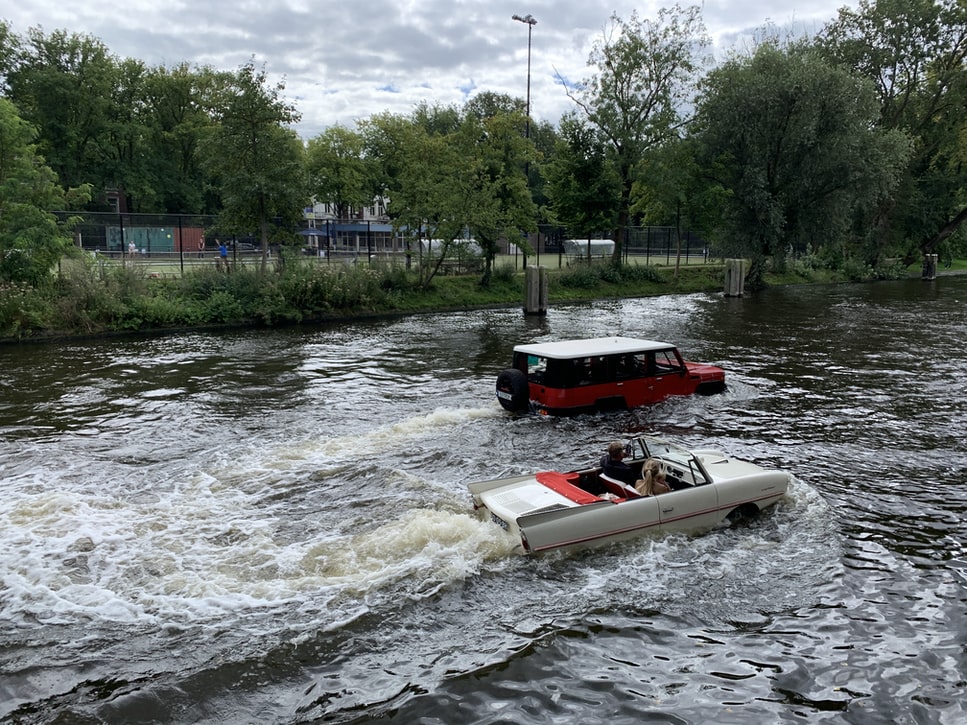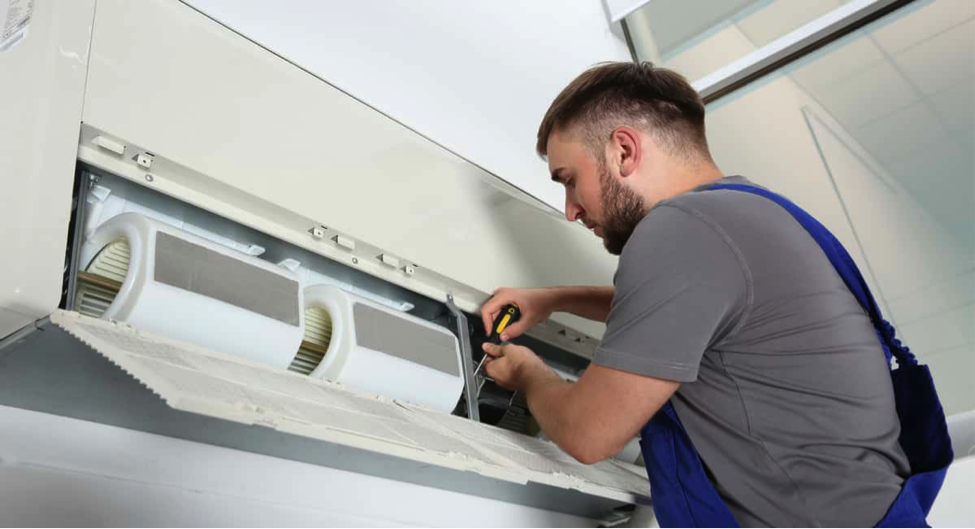What is a Sump Pump and Why Do You Need One In your Home?

A sump pump is a must-have if you live in a flood-prone area, here’s exactly why!

If you live in a flood-prone area, near a body of water like a lake, river or the ocean or an area with a heavy rain season, a sump pump in your basement, crawlspace or lowest point of your home is a must as it can save you money, manual work and headaches. If your sump pump system fails during an event like a heavy rainfall season, high tide or hurricane, your basement and lower parts of your home can flood in minutes causing extensive damage to your valuables and property, not to mention the huge expense that comes with basement flood cleanup. It’s important to understand what sump pump type is best for your house as there are several options available depending on your needs and house infrastructure. Learning how pick the right sump pump for your home is one of the best things you can do to protect it before you’re in trouble.
Different Kinds of Sump Pumps and Their Use
A house sump is a low space that collects liquids such as rain water and prevents the flooding of spaces like basements and crawl spaces. A sump pump as the name implies, is a pump used in that space for the removal of the collected water. Sump pumps come in diverse shapes, sizes, applications and power and they all function similarly but in fundamental different ways. There are two main types of sump pumps to consider when shopping: pedestal and submersible. Each type has its pros and cons, and you must carefully weigh them to determine which is best for your particular situation. The following list of individual characteristics and features will help you understand which factors to consider when choosing the right one for you.
 Photo By: Unsplash
Photo By: Unsplash
Submersible Sump Pumps
Submersible sump pumps are comprised of one motor and pump built in a single unit and generally they sit inside the basement’s sump. It is usually enclosed in a waterproof container because of the setup that lets it rest in water. The underwater operation reduces the noise level and helps with the cooling of the pump’s motor. This kind of pump also filters debris that otherwise would clog the pump. This sump pump may come with a free-moving float switch that can be set to a pre-set depth, so that the pump turns on when water levels rise above the pre-set level, which protects your home from flooding. The pump turns off automatically when water level in the basement system or other areas are below the pre-set level.
When installing a new submersible sump it is recommended to keep in mind that you will need a large power cord as submersible pumps must be plugged directly into the electrical receptacle without using an extension cord and it might require heavier gauge wiring to ensure sufficient voltage at the motor for proper pump performance. The right kind and length of the pump’s power cord will protect you against malfunctions, short circuits and electrical shocks.
Pedestal Sump Pumps
Pedestal sump pumps stand at floor level, rather than sitting under floor level like the submersible sump pumps and they are usually used in situations where the sump pump pit is either very narrow or shallow to use a submersible sump pump as the pedestal pump sits next to the sump pit rather than within. Pedestal sump pumps have their motor mounted high, on a place that will stay dry and well above the sump basin and it’s important to ensure that the motor is mounted in an area where it won’t get wet or submerged since it is not waterproof. Due to the lack of a waterproof motor, pedestal sump pumps are only appropriate for shallow sump pits. Some of their cons are that they run louder than their submersible counterparts and they can’t easily handle particles that may wind up in the water.
 Photo By: Unsplash
Photo By: Unsplash
Battery and Secondary Sump Pump Backups, a Wise Investment
During a storm, severe winds and lightning can knock out power lines and to avoid your sump pump from shutting down due the lack of power, we always recommend investing in a battery backup system and a second sump pump. When it comes to protecting your home and your belongings from flooding and water damage, preparedness and forward thinking are a must, and this is where having battery backups and a secondary sump pump will make the difference in the unfortunate event your primary pump fails, becomes overwhelmed, or in the case of a power outage. They’re well worth the investment.
Protecting Your Home Also Increases Its Value
A sump pump that’s in good working condition makes the home more attractive to a potential buyer and might raise the property’s value overall. A basement that’s kept dry is more likely to be structurally sound, clean and mold and mildew free, than one that floods nearly every time it rains. When you invest in a quality sump pump, an emergency battery backup and a secondary sump pump, you are not just protecting your home and gaining peace of mind, you are also increasing the value of the property by keeping it safe from floods and water damage, and in case you decide to sell or rent the property, peace of mind for your future buyers or tenants.







Leave a Comment